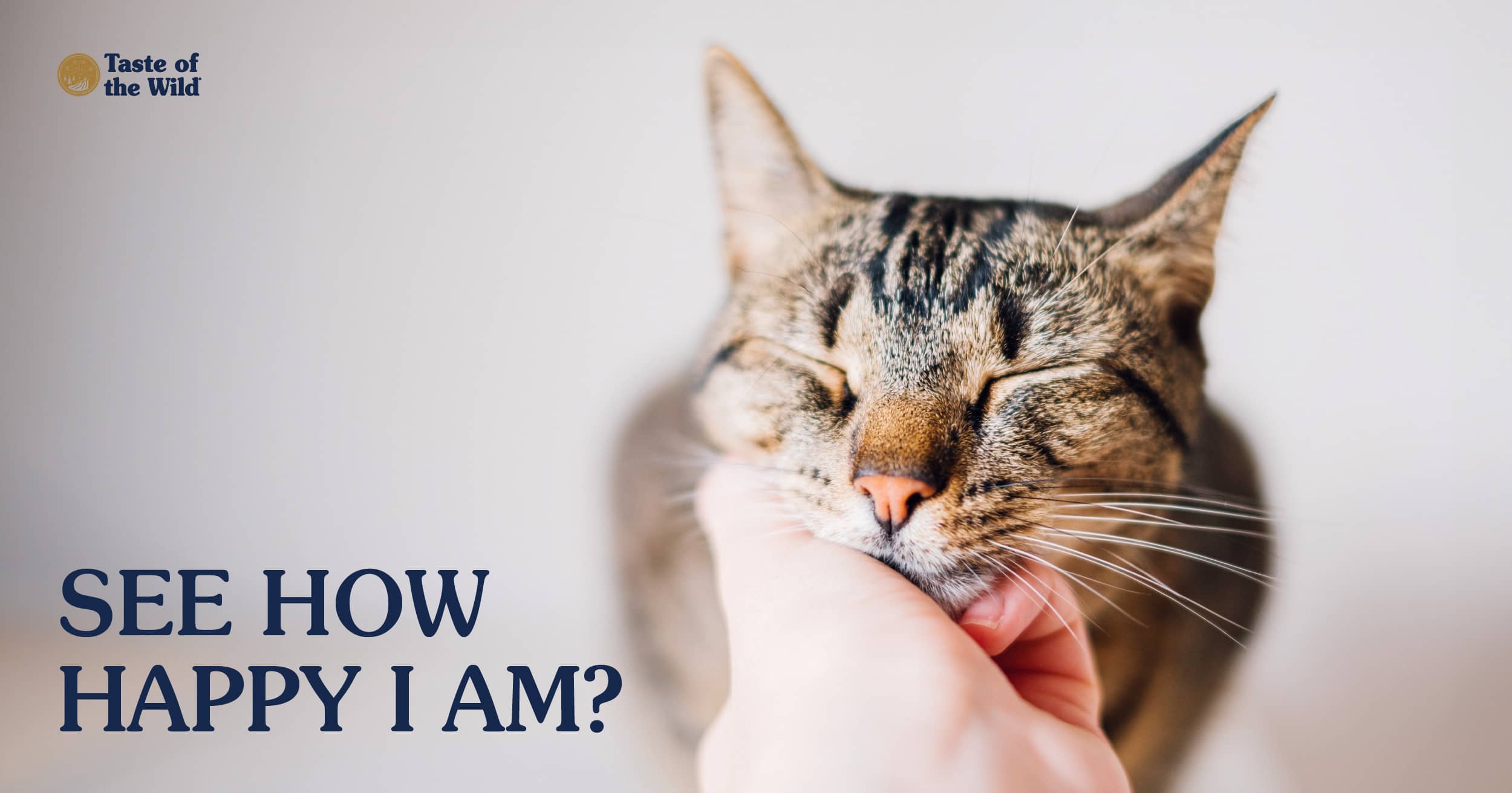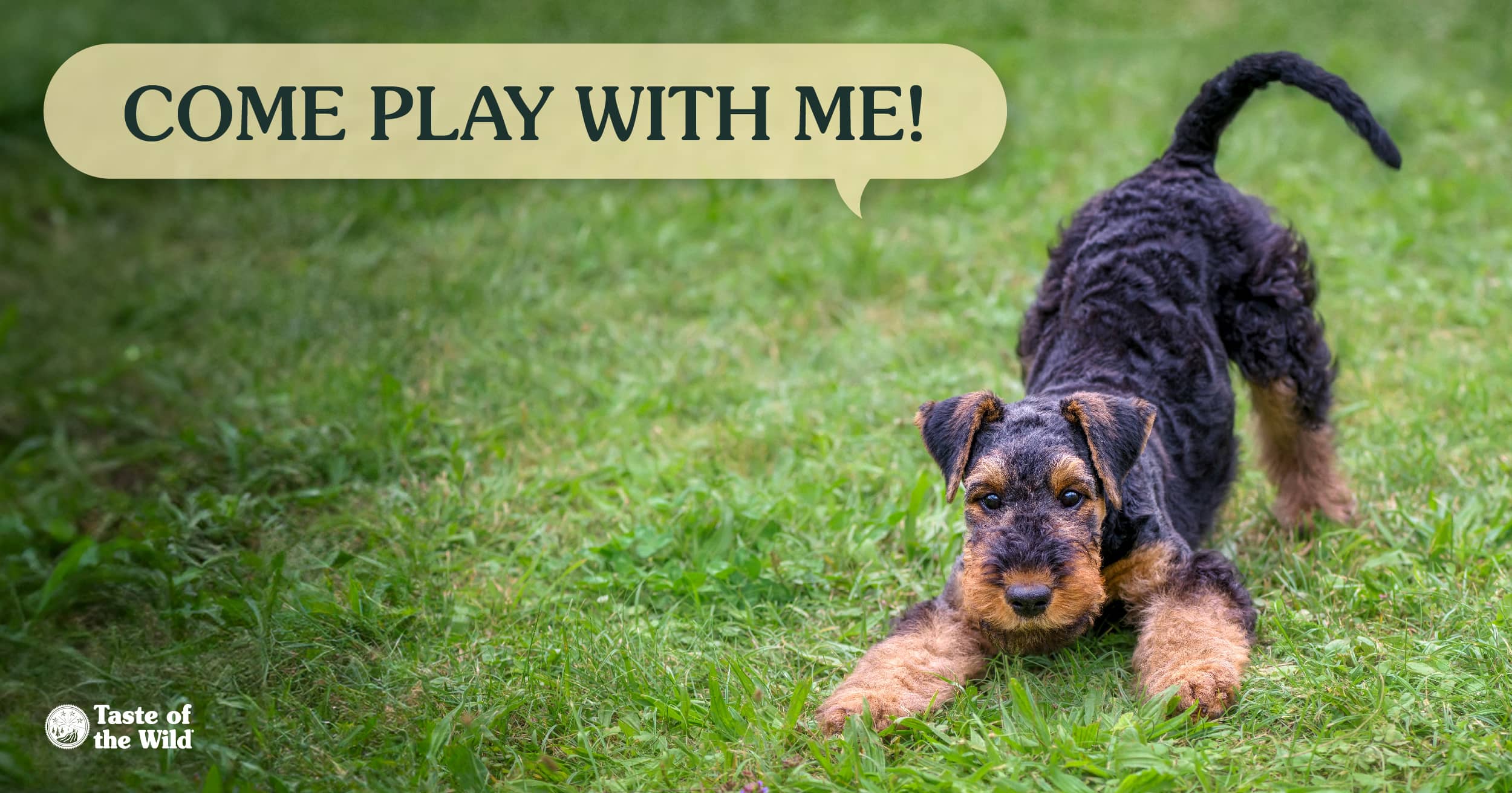Clicker Training for Cats: A Beginner’s Guide
Category: Training & Behavior

It’s not just clever canines who can be trained to follow commands and do tricks — fancy felines can do it, too! While cats don’t live for praise like dogs do, as long as you’ve got a tasty treat ready, they’re usually quite willing to follow your cues.
Clicker training cats has many benefits. It provides your cat with mental stimulation, it strengthens your bond with your cat, and it can help curb bad behaviors like counter surfing or furniture scratching. You can also use clicker training as a way to teach your cat some fun tricks! Here are some cat training tips to get you started.
How Does Cat Clicker Training Work?
Obviously, the first thing you’ll need is a clicker. Some clickers are louder than others, so you may have to test which clicker your cat prefers. You’ll also need to pick up a pack of your cat’s favorite treats. These need to be small, high-value treats that they can’t resist — don’t use their normal cat food or treats as they won’t be as motivated by these. Make sure you use the right reward; if your cat isn’t food-motivated, then use a favorite toy instead. Either way, you’ll want to reserve the reward for training time only.
Start by introducing your feline friend to the clicker. Push the button on the device and then immediately hand them their high-value reward. If you’re using a toy, pick it up after a few seconds. Repeat these steps for as long as your cat is interested; training sessions will probably only last a few minutes. The training process may take some time, but once your cat begins to understand that a reward is given after the clicking sound, they’ll start looking for treats or the toy when they hear the clicker. Once they start responding consistently to the clicker, you’re ready to teach your cat some tricks!
How to Train a Cat to Sit
Begin by holding the clicker in one hand and a reward in the other. When your cat is standing on all fours, place the reward in front of their nose. Once they begin to sniff the reward, slowly move it from their nose to their ear. In the process, they will likely raise their chin, eyes and back before placing their bottom on the floor. As soon as your cat sits on the floor, click and give them a reward. Once they’re catching on, you can add in the vocal cue “sit.” Timing will be essential for your cat to learn this behavior. Repeat, repeat and repeat some more!
Train Your Cat to Wave
If your friends are impressed that your cat sits on command, this will blow their mind. Grab your clicker and your cat’s reward. Hide the reward in your hand in front of your cat’s nose. When they extend their paw to investigate, quickly click and reward them before your cat makes contact with your hand. Repeat these motions, but raise your fist a little higher each time until your cat cannot reach your hand.
Click and reward every attempt at first. In later training sessions, click and reward only during the highest waves. After your cat is consistently offering a wave, you can transition from a closed hand to a small hand wave. Now you’ll be able to wave at your cat — and they’ll wave back!
Using Clicker Training to Encourage Good Behavior
You can also use clicker training to help curb unwanted behavior like scratching furniture. First, purchase a scratching post if you don’t already own one. Set the post up somewhere that you can easily see when your cat uses it. Push the clicker the exact moment your cat is scratching the post, then immediately follow that with their chosen reward (treat or toy). Timing will be crucial. Every time you see your cat scratching the correct surface, immediately click and provide the reward. While they’re still learning, it can help to cover up the furniture to avoid temptation.
As with all cat training exercises, repetition is important to reinforce this positive behavior. When your cat habitually scratches the correct surface, you can gradually phase out the clicker and rewards.
How to Train a Kitten with a Clicker
It doesn’t matter whether you have a kitten or a senior cat, you can try clicker training cats of any age. Training kittens is usually easier, but they also have shorter attention spans. Approach training a kitten the same way that you would an adult cat; kittens may be more likely to appreciate a toy reward, though. And just like any form of training, consistency is key.
Cat Training Is Possible!
Despite popular belief, cats are quite trainable, just like dogs. However, it will take some time, treats, patience and positive reinforcement to train them to learn each command you introduce. Training sessions will likely keep your cat’s focus for only a few minutes.
After your cat learns these basic skills, you can go on to teach them how to roll over, jump through a hoop, feel more comfortable with their carrier and so on. The possibilities are endless for you and your kitty cat!
The information in this blog has been developed with our veterinarian and is designed to help educate pet parents. If you have questions or concerns about your pet’s health or nutrition, please talk with your veterinarian.




